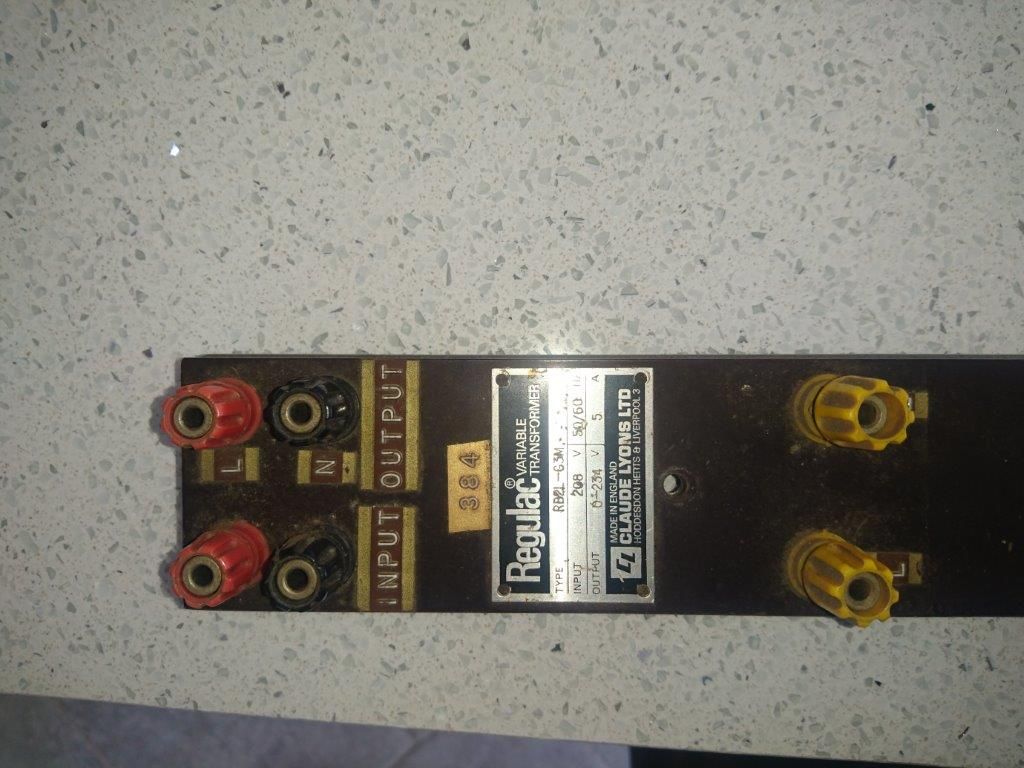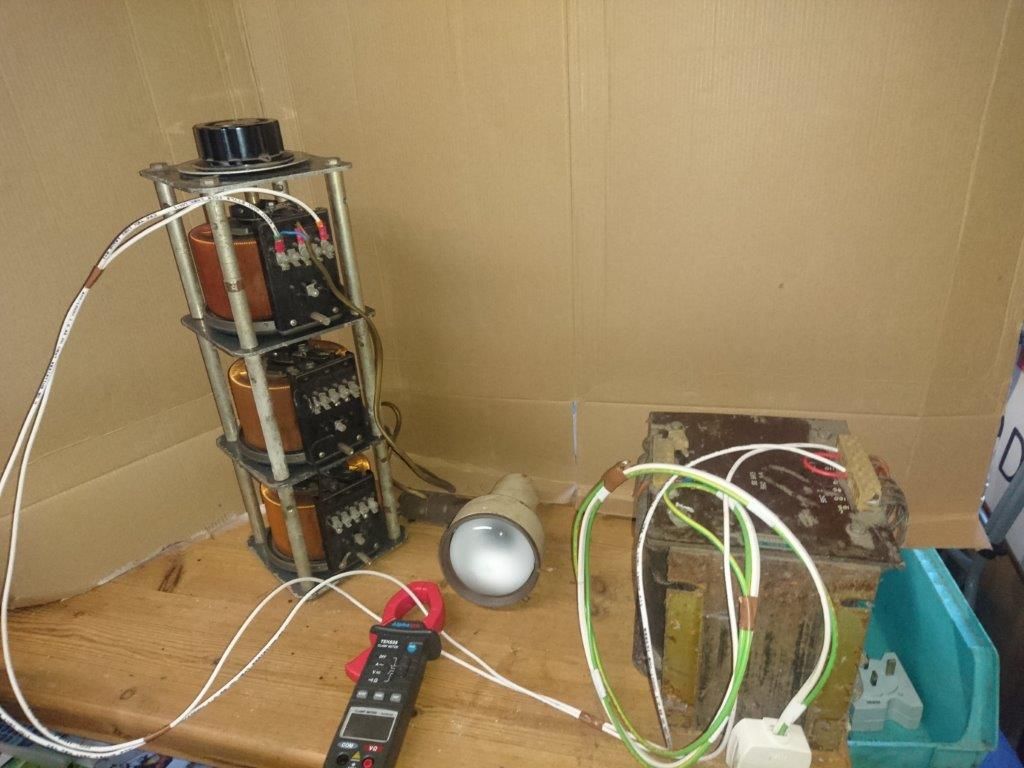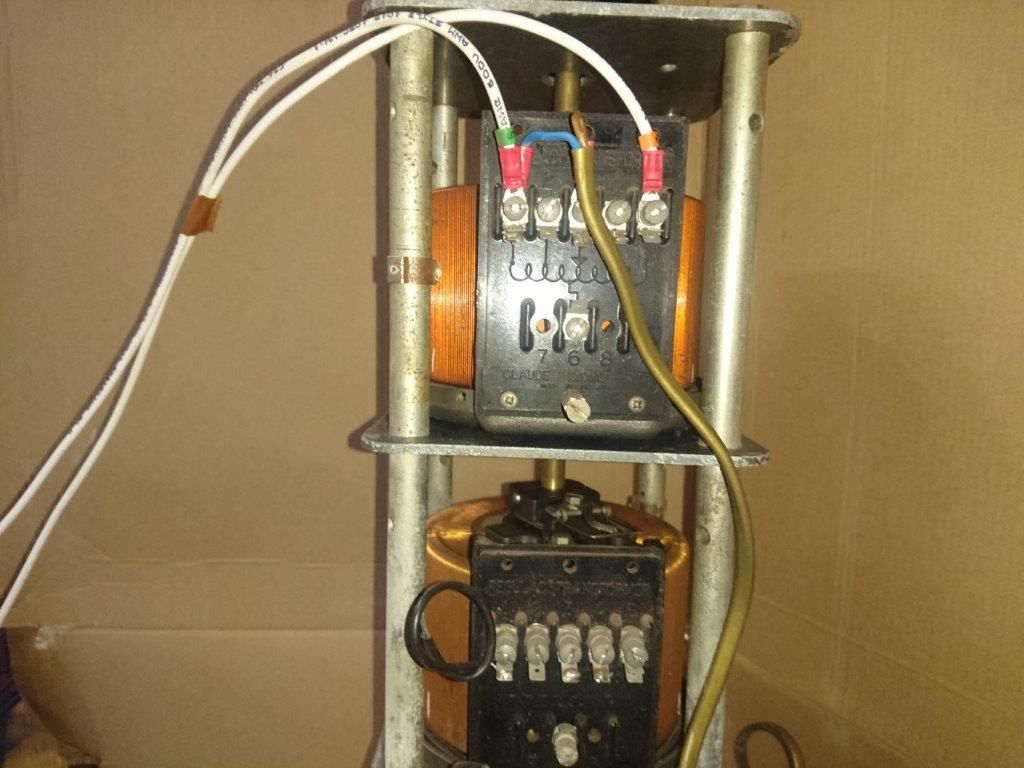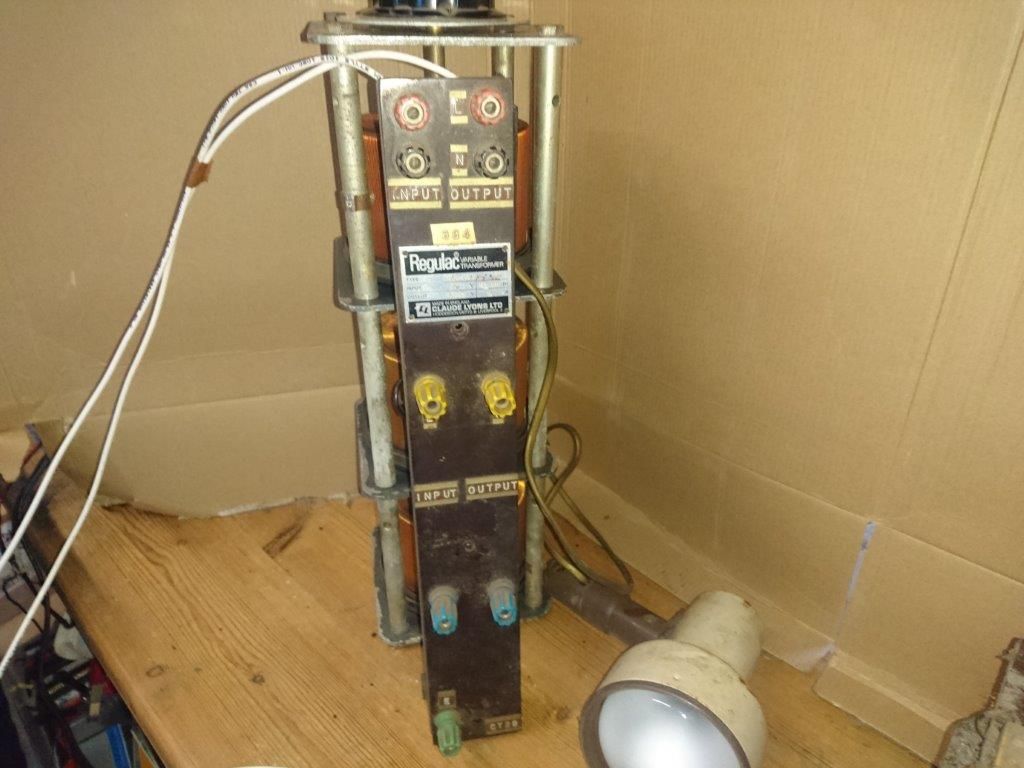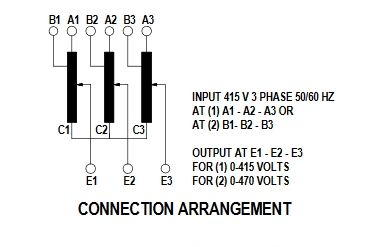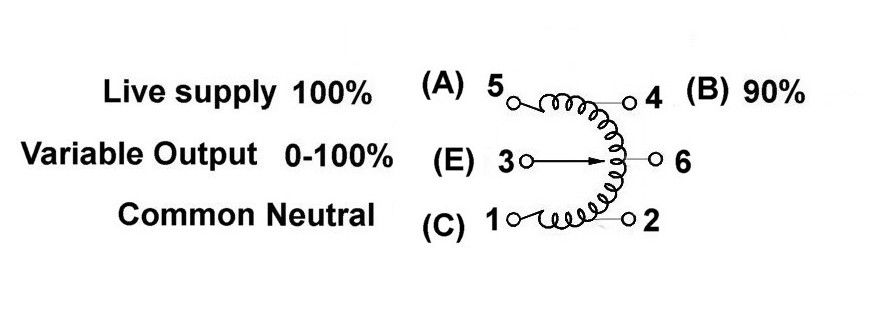Three phase Variac Internal wiring
Three phase Variac Internal wiring
- This topic has 14 replies, 6 voices, and was last updated 15 December 2019 at 20:35 by
 Robert Atkinson 2.
Robert Atkinson 2.
Viewing 15 posts - 1 through 15 (of 15 total)
Viewing 15 posts - 1 through 15 (of 15 total)
- Please log in to reply to this topic. Registering is free and easy using the links on the menu at the top of this page.
Latest Replies
Viewing 25 topics - 1 through 25 (of 25 total)
-
- Topic
- Voices
- Last Post
-
- question about correcting error introduced by using straight slide in valve gear
- 2
- 20 January 2025 at 15:56
Viewing 25 topics - 1 through 25 (of 25 total)
Latest Issues
Newsletter Sign-up
Latest Replies
- question about correcting error introduced by using straight slide in valve gear
- Amazing EDM machined Japanese stamp
- NEW LOOK – Model Engineer & Workshop
- Twin mill engine progress
- Unkown micrometer manufacturer
- Had Another Go
- HobbyMat MD65 parts wanted
- Machine vice opinions.
- CAD – Target Enigma
- Discussion on the Future Direction of Model Engineer and Workshop


